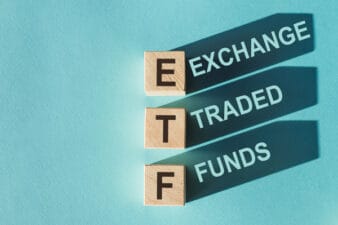The Tax-Free Savings Account (TFSA) limit will be $7,000 again in 2025. Investors are now starting to plan their TFSA contribution for next year and are wondering which investments might be good to generate passive income.
TFSA limit increase
The government created the TFSA in 2009 to give Canadians a new option for putting money aside to meet financial goals. The name of the vehicle is somewhat misleading. It is more like a tax-free investing account.
Since inception, the cumulative maximum contribution space per person has grown to $95,000 in 2024 and will jump to $102,000 in 2025. The size of the annual TFSA limit increases in $500 increments, with adjustments depending on the rate of inflation.
Capital gains, dividends, and interest income earned on qualifying Canadian investments inside the TFSA are all tax-free. This means the full amount can be reinvested or removed as tax-free earnings. Any money withdrawn from the TFSA opens up equivalent new contribution space in the following calendar year in addition to the annual TFSA limit. As such, it makes sense to pull money out of the TFSA before the end of the year if it will be needed for a short period of time, and you think you might be able to replace it in the following months.
Seniors get an added benefit. The earnings from a TFSA do not count towards the net world income calculation used by the Canada Revenue Agency to determine the Old Age Security (OAS) pension recovery tax or OAS clawback, as it is widely known. Every dollar of net world income earned above the annual threshold triggers a $0.15 reduction in the total OAS that will be paid in the next payment period. In the 2025 income year, the number to watch is $93,454. For example, net world income of $103,454 in 2025 would lead to a $1,500 reduction in OAS paid in the July 2026 to June 2027 payment period.
Where possible, it normally makes sense for seniors to maximize the use of their TFSA space before holding income-generating investments inside a taxable account.
Good TFSA investments for passive income
Falling interest rates have led to a decline in bond yields, which, in turn, has triggered a drop in the rates offered on Guaranteed Investment Certificates (GICs). The brief opportunity last year that saw GIC rates go as high as 6% is long gone, but investors can still get rates in the 3-4% range from Canada Deposit Insurance Corporation (CDIC) members, depending on the term and the financial institution. This might still be adequate for investors who are willing to accept a lower yield and don’t want to put capital at risk of a loss.
For those who can handle some market volatility and are seeking better returns, TSX dividend stocks might be attractive.
Enbridge (TSX:ENB), for example, has increased its dividend annually for the past 29 years.
More gains should be on the way, driven by higher revenue and cash flow from recent acquisitions and the ongoing $24 billion capital program. The stock has enjoyed a nice rebound over the past year, but investors can still get a 6% dividend yield from Enbridge.
The bottom line on TFSA passive income
The right balance between GICs and dividend stocks is different for every person. In the current market conditions, it is quite easy to put together a diversified portfolio of GICs and dividend stocks to get an average yield of at least 4.5%. On a TFSA of $102,000 in 2025, this would generate annualized tax-free passive income of $4,590.








